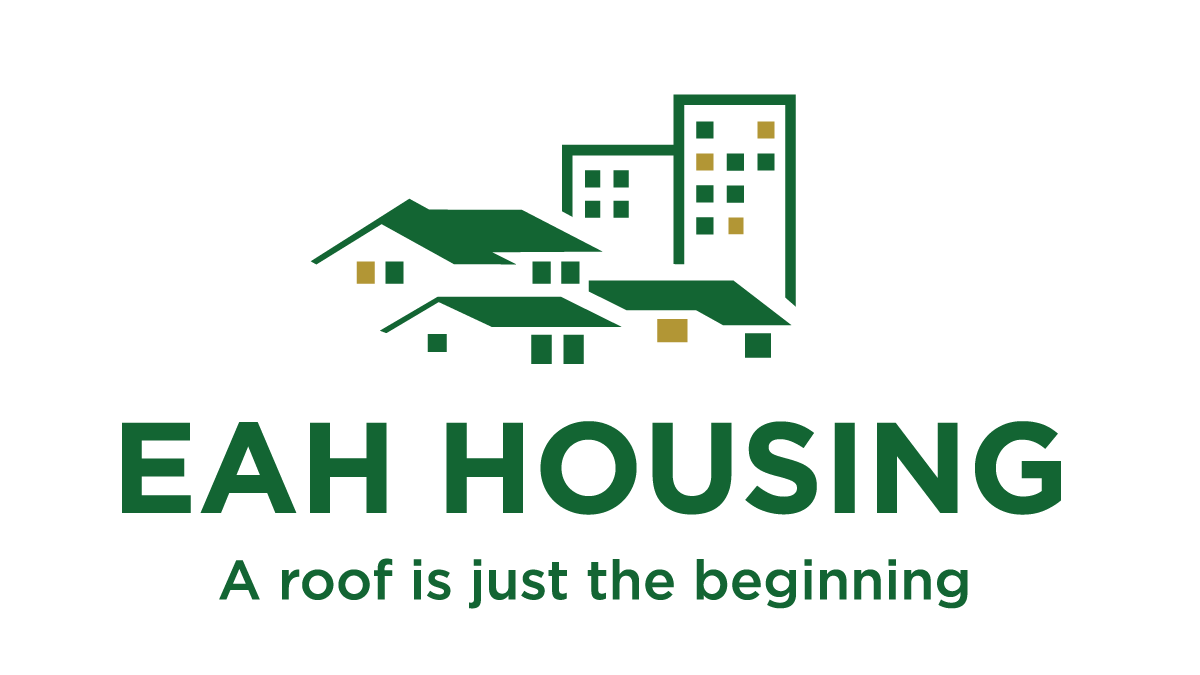
Frequently Asked Questions
1. What is affordable housing?
“Affordable housing” is commonly defined as apartment housing that is rented at below-market rates, for which households must income-qualify based on the area median income (AMI) in the region as designated by the US Department of Housing and Urban Development (HUD). Prices are made affordable through government or private subsidy and/or through local government policy.
The term “workforce housing” refers to affordable housing often in support of local employees–such as teachers, police and fire personnel, and retail and service employees–so that they can live in the communities where they work.
2. Who lives in affordable housing?
You might be surprised! Affordable housing serves a wide-range of populations including working families, seniors, and persons with disabilities. Many people who need affordable housing already live and work in your community.
The increasingly high housing costs continue to outpace the earning levels of families and fixed income seniors. Since 1997, for example, the median home price in the California Bay Area increased about 200 percent, and the number of Californians paying more than 80 percent of their income towards rent has doubled in ten years.
(Statistics provided by Nonprofit Housing Association of Northern California and California Housing Consortium.)
3. What does affordable housing look like?
Affordable housing built by EAH Housing is of high quality construction with attractive design that reflects the distinctive personality of the local community.
EAH is dedicated to building communities that enhance the surrounding neighborhoods. The organization has received multiple national awards from the United States Department of Housing and Urban Development (HUD) for property management, eleven design awards and numerous commendations from legislators on the federal, state and local levels.
4. I’m concerned about traffic. Will high density and affordable housing make a positive difference?
Yes, in fact people who live in high density and affordable housing own fewer cars and drive less.
With lower car ownership rates, affordable housing residents have fewer auto trips and fewer single occupant automobile commutes. Further, high-density and affordable housing often encourage nearby retail development, along with ease of walking and transit use. This mix of housing with commercial development is crucial for traffic control, since non-work trips constitute the largest number of trips.
(Source: California Department of Housing & Community Development)
5. Will affordable housing affect property values?
In many cases, affordable properties actually contribute to an increase in neighboring property values because of their attractive design and superior property management practices.
Extensive research in California and other states show the relationship between affordable housing developments and neighboring property values to be positive one or with no negative effect.
6. I have heard that high-density housing is important. Is it more affordable?
Higher-density housing provides more units per acre, which lowers the land cost per unit encouraging housing affordability. However, not all high-density housing is affordable to low-income families.
Neighborhoods like San Francisco’s Nob Hill and high-rises in downtown Honolulu are examples of upper-income areas where housing densities are quite high. To ensure affordability, local governments must intervene with programs and additional concessions for the high-density units to be affordable. High-density housing can be a success when it is transit-oriented, preserves the neighborhood, and includes retail and other mixed-use features.
7. Will affordable housing affect the crime rates in my neighborhood?
Well-managed properties create a sense of community and a neighborhood watch environment. Not one study has shown a relationship between affordable housing and violent crime rates.
The property and on-site staff of EAH Housing adhere to very high standards. We employ stringent tenant screening practices and invest in good security systems. If a resident is found to be involved in illegal activity, eviction proceedings are strictly followed. In fact, in neighborhoods where crime was prevalent, EAH was instrumental in reducing the incidence of crime in the community. With the help of local law enforcement, EAH was able to decrease drug-related activities, and general criminal incidences in the neighborhood.
8. Where does EAH build and manage affordable housing communities?
EAH Housing properties are located throughout the western United States in California and Hawai‘i.
These communities range from garden-style, low-density complexes in suburban areas, to the 32-story Kukui Tower in Honolulu. They include homes for seniors, large and small families, persons with disabilities, students, artists, veterans and others in need of low-income and workforce housing.
9. What does the “EAH” stand for in EAH Housing?
The US Department of Housing and Urban Development (HUD) was first created in 1965. Three years later, President Lyndon B. Johnson signed the 1968 Housing Act into law. That same year, EAH – formerly known as the Ecumenical Association for Housing – was formed to make a difference during the Civil Rights Movement. Today EAH does business simply as EAH Housing.

